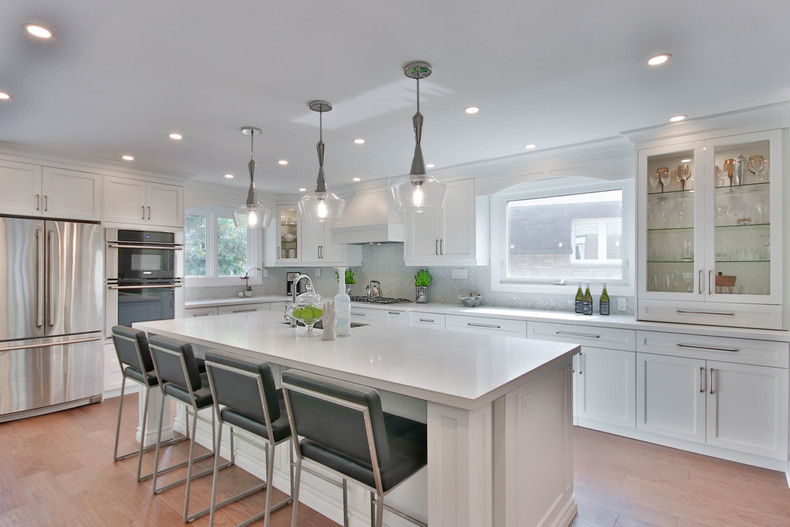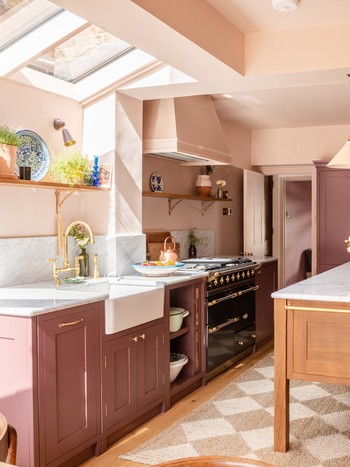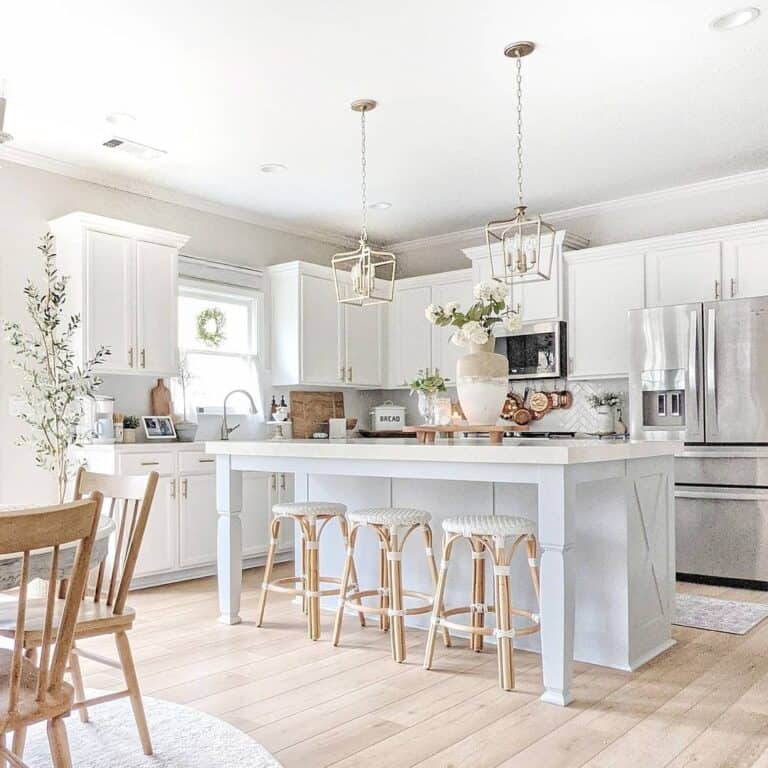Update Your Kitchen's Visual with Costs Legs For Kitchen Island
Update Your Kitchen's Visual with Costs Legs For Kitchen Island
Blog Article
Essential Variables to Take Into Consideration When Selecting Legs For Kitchen Area Island
Picking the proper legs for a kitchen island involves a mindful assessment of multiple factors that can considerably affect both performance and visual charm. Among these, the option of material plays a critical function in ensuring toughness, while the design needs to match the existing decor. Furthermore, factors to consider such as height and weight assistance are crucial for security and convenience. As we discover these components, it becomes clear that each decision can have far-ranging ramifications for the total kitchen area experience. What subtleties should be thought about in each of these groups to achieve the suitable equilibrium?
Product Options
When picking legs for a kitchen area island, recognizing the different material alternatives is important for accomplishing both visual allure and architectural stability (Legs For Kitchen Island). The selection of product considerably affects not just the sturdiness of the island but also its total design and performance
Steel legs, typically made from stainless steel or functioned iron, add a modern-day and commercial feel while making sure toughness and security. These products are immune to wear and can support substantial weight, making them ideal for bigger islands.
One more choice is crafted products, like MDF or plywood, which can be more affordable while still using a variety of finishes. Nevertheless, they might not provide the same degree of security as strong wood or steel. Lastly, materials such as acrylic or glass can develop a contemporary look, though they may need added assistance to make certain security.
Ultimately, the option of product for kitchen area island legs ought to align with the desired functionality and the general motif of the kitchen area.
Design And Style

When taking into consideration design, the shape and surface of the legs are essential. Tapered legs can give a sense of agility and elegance, while thicker, extra durable legs can communicate toughness and security. Additionally, the surface-- be it painted, stained, or all-natural-- ought to complement the cabinetry and counter top materials to produce a unified look.
Moreover, the layout of the legs can likewise show individual taste. Customized or ornamental legs, such as those featuring elaborate carvings or special geometric forms, can act as focal factors, adding personality and personality to the kitchen area. Inevitably, the right option will certainly not only enhance capability but additionally raise the aesthetic charm, making the cooking area island a standout feature of the home.
Height Factors To Consider
Choosing the ideal height for kitchen area island legs is vital, as it straight impacts both performance and convenience. The typical height for a cooking area island usually ranges from 36 to 42 inches, straightening with common counter top elevations. A 36-inch height is ideal for food preparation and food preparation, enabling comfy use cooking area appliances and devices. Conversely, a height of 42 inches is often preferred for islands meant for bar seating, accommodating taller stools and supplying a laid-back eating experience.

It is likewise essential to account for individuals' elevations and choices. Tailoring the height can make sure a comfy experience for all family members, making the kitchen area island a much more pleasurable and useful room.
Weight Assistance
Ensuring adequate weight support for kitchen area island legs is crucial for both safety and security and functionality. The cooking area island frequently offers several functions, consisting of food prep work, dining, and additional storage space, necessitating a robust support framework. When picking legs, it is crucial to consider the general weight capability needed based on the island's planned usage and the materials that will certainly be put on it.
The option of material for the legs plays a substantial duty in their weight-bearing capabilities. Solid timber, steel, and durable compounds generally supply exceptional toughness contrasted to lighter materials. In addition, the layout of the legs-- whether they are straight, tapered, or have a pedestal kind-- can influence their capacity to disperse weight efficiently across the structure.
Always seek advice from the maker's specifications pertaining to tons limitations to ensure that the legs can maintain the intended weight without jeopardizing safety and security. In summary, picking kitchen island legs with ample weight assistance is necessary for creating a secure and practical culinary room.
Installment and Maintenance
Appropriate installation and maintenance of kitchen island legs are essential for ensuring longevity and security. To begin, it is important to adhere to the supplier's standards during setup. This usually involves securing the legs to the space station utilizing proper fasteners, ensuring that the legs are degree and straightened. Making use of a level device can assist protect against tottering and enhance the total aesthetic charm of the kitchen island.
As soon as set up, routine maintenance is necessary to preserve the integrity and appearance of the legs - Legs For Kitchen Island. For wood legs, regular cleaning with a wet towel and application of appropriate wood polish can protect against moisture damage and preserve their finish. Steel legs might call for a mild cleaning option to remove grease and grime, complied with by a completely dry towel to avoid corrosion development
Furthermore, evaluate the legs regularly website link for indicators of wear or damage, such as fractures or loosened joints. Tightening up screws or bolts as needed can also extend the life-span of the legs. By sticking to these installment and upkeep techniques, property owners can ensure that their kitchen island stays tough and visually appealing for years to find.
Conclusion

Aesthetic comprehensibility is extremely important in choosing the style and design of legs for a kitchen area island, as these components significantly influence the overall atmosphere of the room. Tapered legs can supply a sense of agility and style, while thicker, much more durable legs can convey toughness and stability.Choosing the ideal height for kitchen island legs is important, as it directly influences both performance and convenience. In summary, choosing kitchen area island legs with sufficient weight support is crucial for producing a useful and this article secure cooking space.
In final thought, picking legs for a cooking area island requires mindful factor to consider of numerous variables, including product choices, design, height, weight assistance, and installment.
Report this page